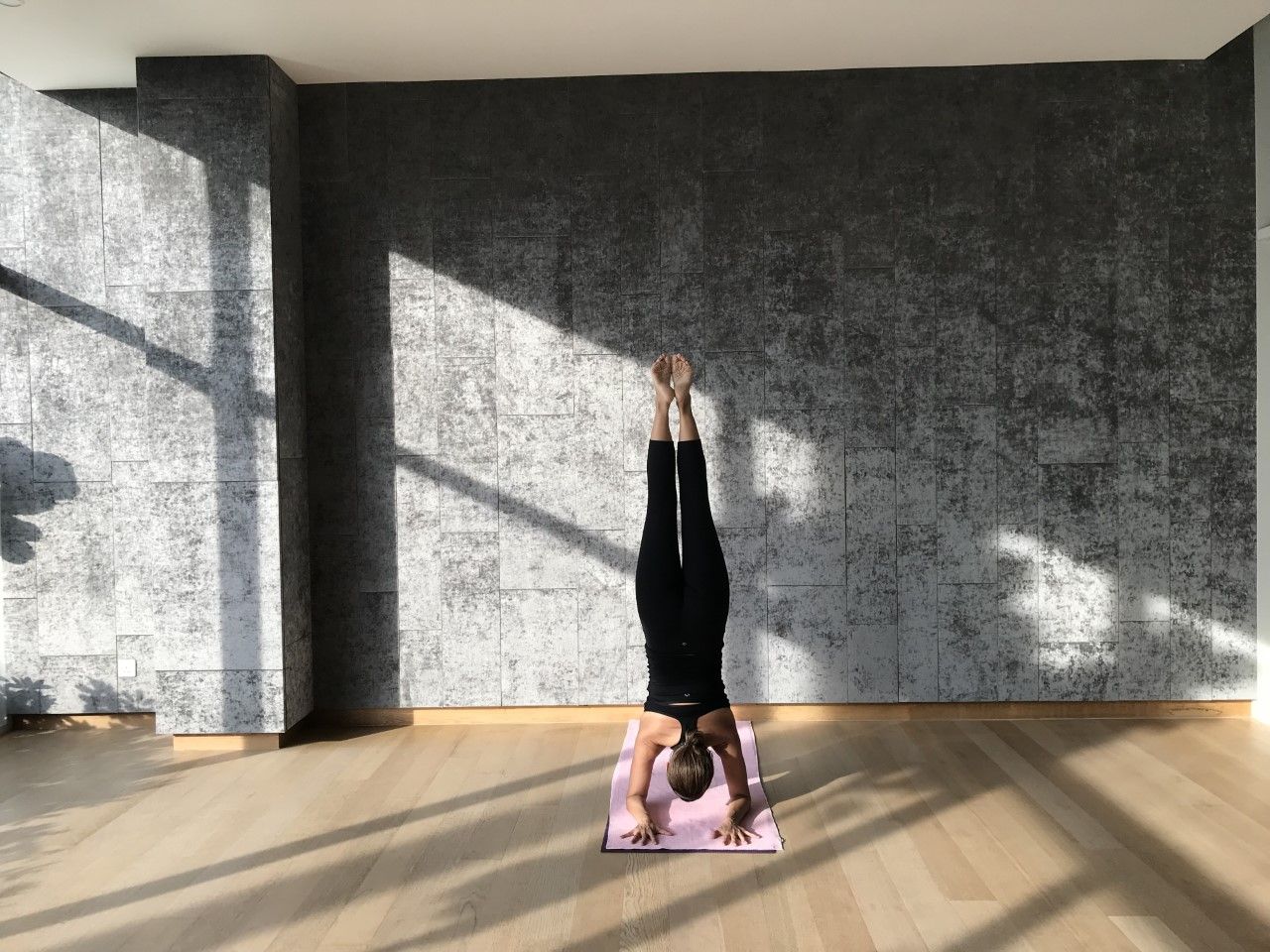We interview two fitness professionals to find out the benefits of doing yoga outdoors and with nature
The ancient and ever-so-popular practice of yoga is rooted in the concepts of mindfulness, respect and discipline. Yoga is all about the union of mind and body, so what better way to centre the soul and connect with your surroundings than unrolling the mat and immersing yourself in nature! We find out what the benefits are of doing yoga outdoors by talking to two yoginis and yoga professionals who have given themselves to the practice.
Marilen Elizalde has had a professional relationship with yoga for 17 years. As an instructor, she used to teach at several studios, and even opened her own brand. Currently, Marilen holds one-on-one classes in her personal studio at her home for her loyal clients. Isabel Dulay-Naval is the managing director & pioneer instructor at Bliss Yoga where she had begun her love affair with the practice. As a student for 12 years and an instructor for 10, Isabel has never looked back!
These yoga instructors and passionate practitioners share their thoughts on the benefits of doing yoga outdoors and the connection between yoga and nature.


What are the benefits of doing yoga outdoors? Does it force you to be more mindful or to concentrate more?
Isabel Dulay-Naval: When you practice yoga outside, the four walls of a studio or indoor space, your senses tend to heighten. The outdoor experience makes you more conscious of the scents, sights, and touch. It activates parts of the brain that make you more present. The fresh air from outside promotes deeper breath awareness. You can really feel the oxygen owing through the body. The fresh air and breath awareness clears the mind and empowers one’s practice.
Marilen Elizalde: Developing a yoga practice outdoors is a lovely way to improve one’s daily indoor practice. There are several benefits of practicing yoga outdoors. First and foremost, it helps you improve your inner focus. People are typically accustomed to yoga in a controlled environment where we can adjust the room temperature. Taking the mat outside challenges the practitioner to turn inward because there are many outside elements that are out of our control. It makes it more difficult to focus, so the key is to anticipate the postures you want to do beforehand, while focusing on the present. Practicing outdoors also improves muscle stability and strength because you do not have the extra equipment that may be available in a studio. We tend to automatically rely on these accessories sometimes to a fault.




